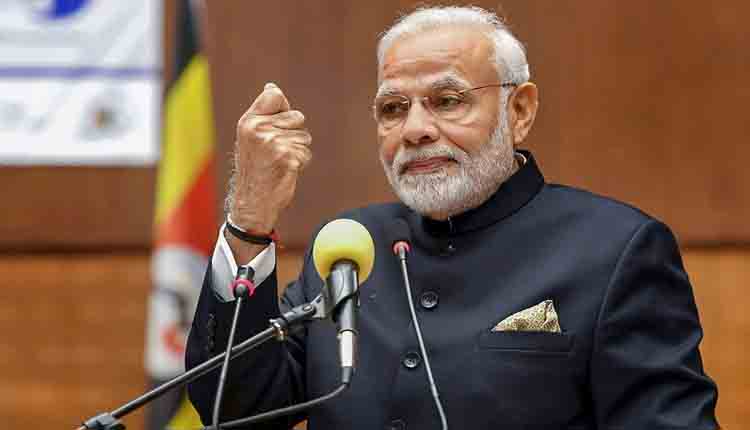India has taken a great leap forward in digitization since the Modi government came to power. The number of smartphone users is growing at an explosive rate and data consumption, mobile download speed, broadband subscription (mobile and fixed) have registered a significant jump. A report published by McKinsey & Company, the largest and most prestigious management consultancy firm, declared India as the second fastest digitizing economy in the world.
In order to promote consumption of digital content in native languages, the government is preparing to launch national mission to create more digital content in native languages and tools for online translation, ThePrint has reported.
As of now, there is an acute shortage of digital content in the country. A survey of 10 million websites has revealed that only 0.055 percent sites have content in Hindi. India has the second largest Internet user base after China, but, the consumer is forced to consume content in English due shortage of content in Hindi language.
Wikipedia, the world’s sixth most popular website, and largest information resource in the world, has very little content in Hindi and other Indian language. Therefore, people are forced to read the content in English, which most of the consumers do not understand very well.
The national mission will help people to access digital content, especially on government websites. S.K. Srivastava, programme head of the Technology Development for Indian Languages (TDIL) at the Information Technology Ministry is leading the national mission on digital content in Indian languages. The government has set a 10 year timeline to achieve the goal.
“While there has been phenomenal growth in Indian language users who are keen to use Indian language content to be able to navigate their way through the treasure of the internet, the amount of Indic content on the internet has not grown proportionately to support the increasing user base,” said Ajay Prakash Sawhney, Secretary, Ministry of Electronics and Information Technology, at a conference titled “Internet for All: Harnessing the Potential of Indian Languages to Tap the Next Half Billion Users”, organized FICCI-Indian Language Internet Alliance (FICCI-ILIA).
As per the Wikipedia article on Languages used on Internet, Hindi is 38th in the list of most used language on Internet. More than half of the content on Internet is in English, followed by Russian, German Spanish, French, and Japanese.
The well educated people, who have the capability to consume and understand topics in their native language, are not able to fully exploit internet due to shortage of content in in Indian languages.
The Modi government has made tremendous efforts to promote digital penetration. The government’s effort to give a unique identity to every citizen through Aadhar provided the base for digital technology to thrive. With 1.2 billion enrollments, India is number 1 globally in terms of providing a unique identity to citizens. In terms of total internet users, India with 56 crore users is only behind China. The country has 35.4 crore smartphone devices and 29.4 crore social media users. As of December 2018, 26.2 percent of the country’s population uses smartphone compared 5.5 percent in December 2014. The number of smartphone users grew 5 times in the last five years.
The average mobile data consumption grew 92 times in less than five years. The data prices crashed after the entry of JIO and the country has the cheapest data price in the world. But this Internet Revolution is the first step in the mission. Until and unless, the government ensures that there is sufficient language in Hindi language and other regional languages, the revolution will be incomplete.
Sawhney said that the Modi government will also ensure availability of ‘peer revived translation’ and spend money the task. He applauded the work being done by Google in the field, “Even though we have tremendous admiration for what Google is able to do or other companies are able to do, it’s not going to happen only in their hands,” said Sawhney.
The great leap forward by the Internet revolution is a result of the public as well as private sector efforts. The combined efforts would be fruitful to achieve ‘content revolution’ too.
